T&E: tests show cars powered by electrofuels emit high levels of criteria pollutants
Green Car Congress
DECEMBER 7, 2021
E-fuels are made by combining green hydrogen with CO 2 to produce liquid fuel that can be similar to gasoline or diesel used in conventional engines (as well as kerosene used in aviation). The ethanol and e-fuel would separate out similarly to oil and water. The emissions were compared to the standard E10 EU gasoline.



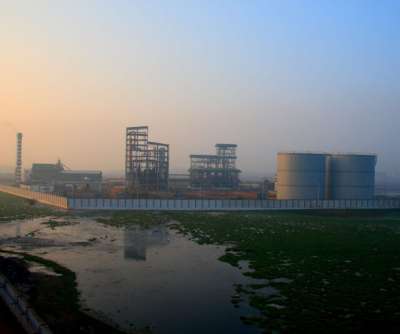
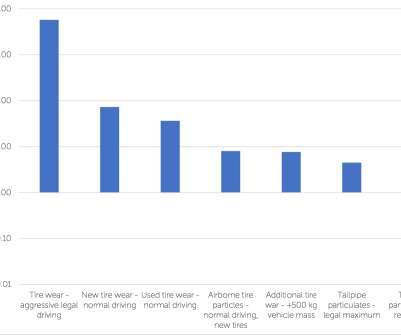





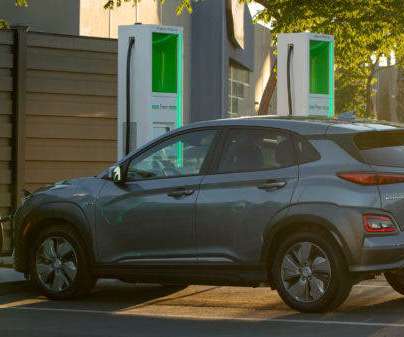




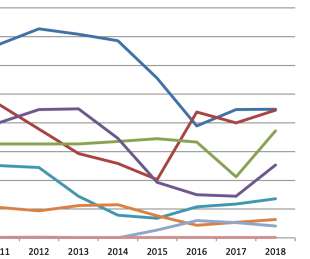








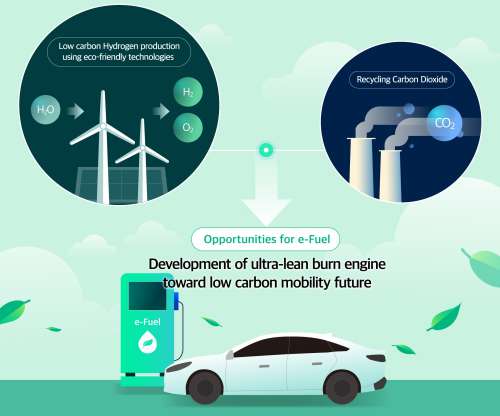





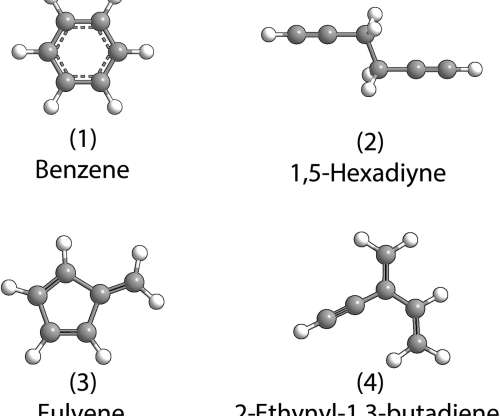


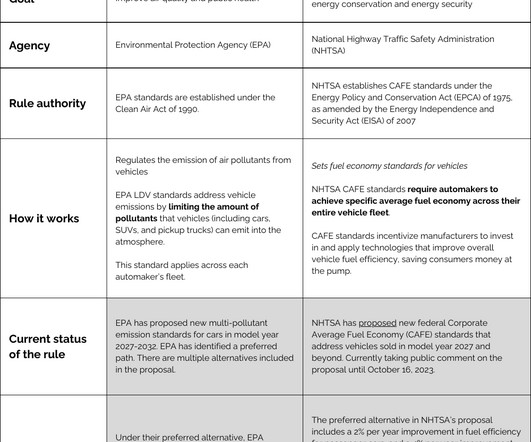







Let's personalize your content